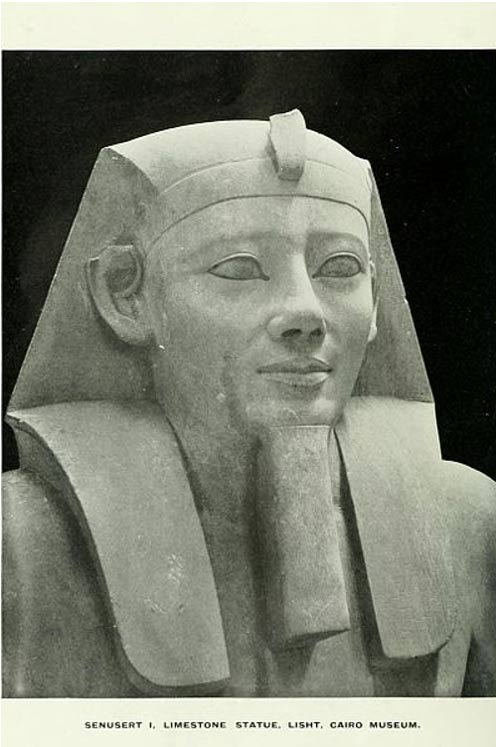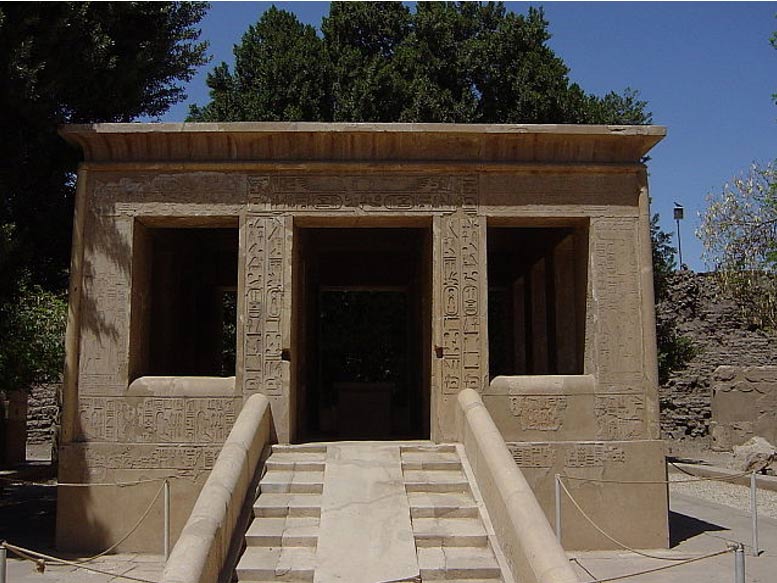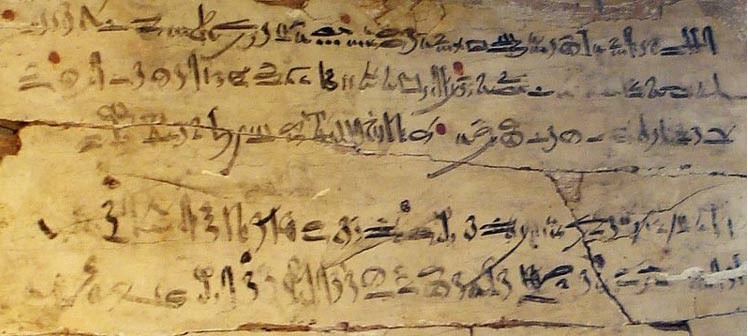When it comes to ancient Egyptian history, it can be incredibly hard to separate fact from fiction. Tales of ancient Egypt are filled with grandeur and mystery, with stories of powerful pharaohs, monumental constructions, and ambitious military campaigns. So much of Egypt’s real history sounds impossible; it’s no wonder that legends slip through the cracks sometimes and become mistaken for fact. The story of Sesostris is a fitting example. A pharaoh so powerful he supposedly invaded Europe (and, according to one ancient source, the entire world). Despite these supposed accomplishments, extraordinarily little evidence of Sesostris remains, but the tales surrounding him have captured the imaginations of historians for decades. Who was this mysterious pharaoh? Did he really exist? How much of his legend is rooted in historical fact? We’re still searching for the answers to these questions.
Sesostris – Egypt’s Most Mysterious And Legendary Ruler
Who Was Sesostris?When it comes to nailing down the specifics of Sesostris there’s really not much to go on. The stories surrounding him are most likely based on the lives of two 12th Dynasty, Middle Kingdom Rulers. These are Senusret I, also known as Sesostris I, who reigned from around 1971 to 1926 BC, and Senusret III, who was pharaoh from 1878 to 1839 BC. Both these figures were famous for their military prowess, ambitious construction projects, and administrative reforms.
All we really know about the legendary king is his supposed achievements. According to the tales around him, he led massive military expeditions that reached as far as Europe and he subjugated countless people, leaving a trail of triumphal monuments across his conquests.
- Did Nitocris, First Ancient Egyptian Queen, Truly Exist?
- Medjed The Smiter: How To Depict An Egyptian God Who Can’t Be Seen?

Herodotus in particular described him as a ruler who not only dominated foreign lands but made sure to impose Egyptian culture and infrastructure on those he conquered. This included massive building projects like digging canals and establishing colonies.
One story in particular paints him in a particularly humorous light. Supposedly, he once defeated an army so easily that he became outraged at how badly they’d defended themselves. To humiliate the people, he built a massive pillar in their capital topped with a vulva to highlight how their army had fought like women. That’s one way to add insult to injury.
Another historian, Diodorus, even went as far as to claim that Sesostris conquered the entire world (which seems like a stretch). He describes the legendary king as a great law-giver who divided Egypt into a caste system and brought in the worship of the god Serapis.
As already mentioned, it’s more likely that the tales of Sesostris were inspired by two real kings. In Egyptian records, the achievements of Senusret I and Senusret III, who are often associated with the Sesostris legend, are more grounded but still significant. Senusret I is known for consolidating Egyptian power in Nubia, fortifying key positions, and commissioning monumental structures like the White Chapel. His reign marked a period of prosperity and architectural innovation.
Senusret III’s achievements include successful military campaigns in Nubia, which secured Egypt’s southern frontier and increased its wealth. He also initiated large-scale construction projects, including massive fortresses that served both defensive and administrative purposes. While the historical achievements of these pharaohs are notable, the legendary accounts elevate Sesostris to a near-mythical status, portraying him as a universal conqueror whose influence spanned continents.

How Do We Know About Him?
So, if there’s so little hard evidence, how do we know about Sesostris? Well, for the most part, we have ancient Greek historians to thank for that. Most of this information comes from Herodotus and his magnum opus, Histories, from around the fifth century BC. Herodotus describes Sesostris as a great conqueror who led expeditions into Asia and Europe, subjugating vast territories.
He told how Sesostris defeated both the Scythians and Thracians (perhaps in Romania and Bulgaria) before returning home. It was also Herodotus who told the story of the vagina pillar. However, whether or not Herodotus believed the tales is another matter. In the Histories, he warns the reader that he got his information from Egyptian priests, who might have embellished their stories a touch.
Pliny the Elder and Diodorus Siculus also wrote on Sesostris. Pliny simply mentions that Sesostris was once defeated by Saulaces of Colchis. Diodorus, on the other hand, was a major fan. His information is a fascinating blend of legend and fact. While he claimed Sesostris conquered the entire world (false) he also claimed the king divided Egypt into districts called nomes, which was a real thing. Like Herodotus, he also noted that most of the stories around Sesostris were conflicted with different priests making different claims.
When it comes to Senusrets I and III, things are much clearer. We know about them thanks to the inscriptions and monuments left by their rules. For instance, the White Chapel at Karnak, constructed by Senusret I, provides valuable insights into his reign and achievements. Senusret III’s military campaigns and administrative reforms are well-documented through inscriptions found in Nubia and other regions under his control.
Additionally, literary works from ancient Egypt, such as the “Instructions of Amenemhat,” attributed to Senusret I, offer glimpses into the period’s sociopolitical climate and the pharaoh’s ideology. These texts, combined with archaeological evidence, help construct a more accurate picture of Sesostris’ historical context, despite the mythological embellishments that have persisted over centuries.

Conclusion
So, in the end, is there any chance that Sesostris really existed? Not really. It seems pretty clear that Sesostris was a mythical king, a tale inspired by the exploits of successful pharaohs designed to represent the ideal model of a king. We have plenty of evidence that Senusret I and III were real, but none when it comes to Sesostris.
Most damningly, ancient Egyptian records themselves make no mention of a pharaoh invading Europe (or the entire world, for that matter). Instead, they focus on the pharaohs’ military campaigns in Nubia, internal reforms, and monumental constructions, with no mention of European conquests. Invading another continent feels like something the Egyptians might mention when boasting of their king’s achievements. The ancient Greek sources that do mention Sesostris always make sure to mention their information wasn’t exactly from reliable sources.
Sesostris makes for a fun story, but he’s little more than that. Unfortunately, in an age where fact has become increasingly confused with opinion and where conspiracy theories and “alt-history” have become more widespread, we’re likely to hear more and more about Sesostris being a real king. An ancient king who secretly ruled over all of Europe is just the kind of thing internet conspiracy theorists love.
Top image: Upper part of a statue of Senusret I, also known as Sesostris. Neues Museum, Germany Source: Osama Shukir Muhammed Amin FRCP(Glasg)/CC BY-SA 4.0